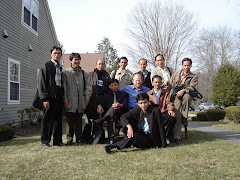
We’re going to learn how to count today!
Here’s a run through of the numbers 0 -10:
0 - ree (れい) or zero (ゼロ)
1 - ichi (いち)
2 - ni (に)
3 - san (さん)
4 - yon (よん) or shi (し) or yo (よ)
5 - go (ご)
6 - roku (ろく)
7 - nana (なな) or shichi (しち)
8 - hachi (はち)
9 - kyuu (きゅう) or ku (く)
10 - juu (じゅう)
That was the easy part. Here’s the part where you have to think a little. For numbers 11-29, you’ll have to know how to do a little math. To create the number 11, add the number 10 (じゅう) and 1 (いち), which becomes juuichi (じゅういち). The same goes for 12. Add 10 (じゅう) and 2 (に), which becomes juuni (じゅうに). With number 17, you have some leeway. You can use both juushichi (じゅうしち) and juunana (じゅうなな). The same goes for 19.
Now with 14, you have only two options, not three. Even though you have three different ways to say 4 (よん) (よ) (し) in Japanese, only juuyon (じゅうよん) and juushi (じゅうし) will work. Another thing to note is that 0 can be written in hiragana (ひらがな) and katakana (かたかな). Zero (ゼロ) is in katakana (かたかな) because it’s a loan word from English. Loan words are always written in katakana (かたかな).














No comments:
Post a Comment